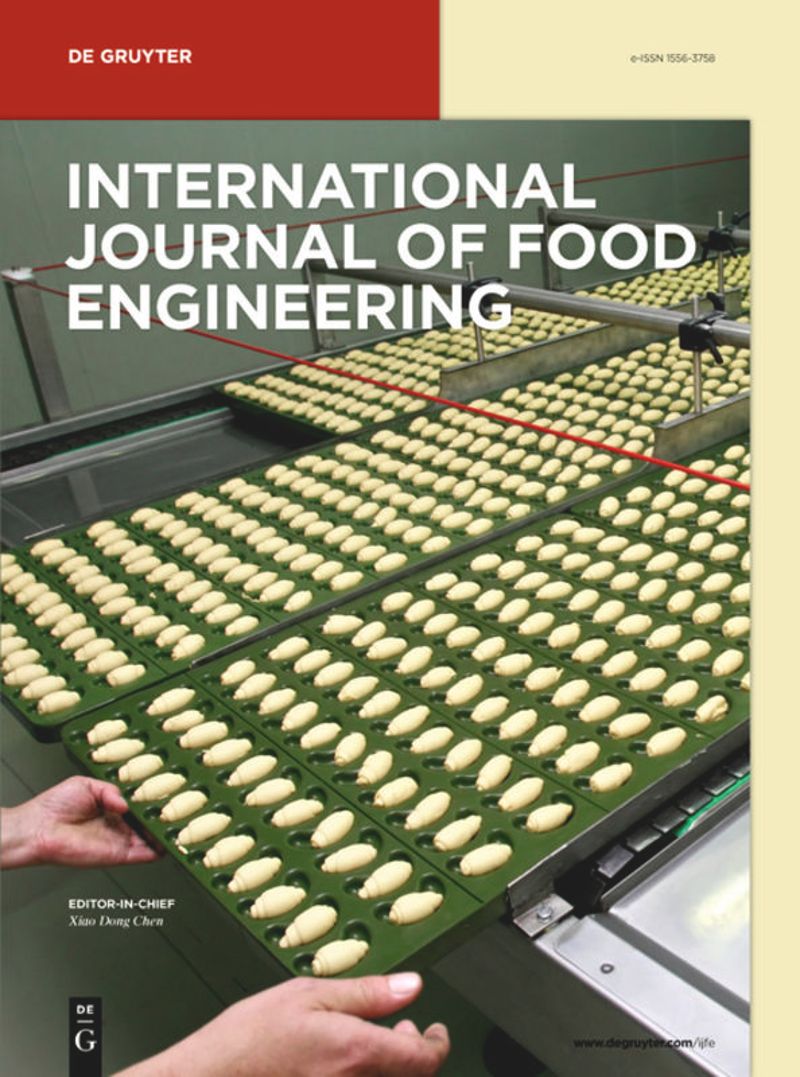Study of the textural properties of non-ionic resins and their influence on polyphenol adsorption and desorption
IF 1.4
4区 农林科学
引用次数: 0
Abstract
Abstract Macroporous resins are employed for the purification of polyphenolic extracts. However, the relationship between the adsorption and desorption and the textural properties remains unexplored. Thus, we evaluated the textural properties of HP-20, XAD-16 and SP-825 resins and their impact on adsorption and desorption of specific polyphenols like gallic acid, epigallocatechin, and procyanidin B2. The HP-20 resin exhibited a type II isotherm with macroporous structure, while XAD-16 and SP-825 resins displayed type IV isotherms, typically associated with mesoporous materials. The HP-20 resin demonstrated superior adsorption capacity and rupture points for epigallocatechin (2.37 mg/g, 124 min) and procyanidin B2 (1.29 mg/g, 136 min) compared to SP-825 and XAD-16. Contrary, the SP-825 resin exhibited the highest adsorption capacity (5.34 mg/g) and rupture point (68 min) for gallic acid. However, the desorption was more efficient when HP-20 resin was used for all specific polyphenols. Therefore, for an efficient purification process is necessary to consider the chemical structure of the polyphenol and the textural properties.非离子型树脂的结构特性及其对多酚吸附和解吸的影响
摘要采用大孔树脂对多酚提取物进行纯化。然而,吸附和解吸与结构性能之间的关系尚未研究透彻。因此,我们评估了HP-20、XAD-16和SP-825树脂的结构特性及其对特定多酚类物质如没食子酸、表没食子儿茶素和原花青素B2的吸附和解吸的影响。HP-20树脂表现为II型等温线,具有大孔结构,而XAD-16和SP-825树脂表现为IV型等温线,通常与介孔材料有关。与SP-825和XAD-16相比,HP-20树脂对表没食子儿茶素(2.37 mg/g, 124 min)和原花青素B2 (1.29 mg/g, 136 min)具有更好的吸附能力和破裂点。SP-825树脂对没食子酸具有最高的吸附量(5.34 mg/g)和破裂点(68 min)。然而,当HP-20树脂用于所有特定的多酚时,解吸效率更高。因此,对于高效的净化工艺,有必要考虑多酚的化学结构和织构性质。
本文章由计算机程序翻译,如有差异,请以英文原文为准。
求助全文
约1分钟内获得全文
求助全文
来源期刊
CiteScore
3.20
自引率
0.00%
发文量
52
审稿时长
3.8 months
期刊介绍:
International Journal of Food Engineering is devoted to engineering disciplines related to processing foods. The areas of interest include heat, mass transfer and fluid flow in food processing; food microstructure development and characterization; application of artificial intelligence in food engineering research and in industry; food biotechnology; and mathematical modeling and software development for food processing purposes. Authors and editors come from top engineering programs around the world: the U.S., Canada, the U.K., and Western Europe, but also South America, Asia, Africa, and the Middle East.

 求助内容:
求助内容: 应助结果提醒方式:
应助结果提醒方式:


